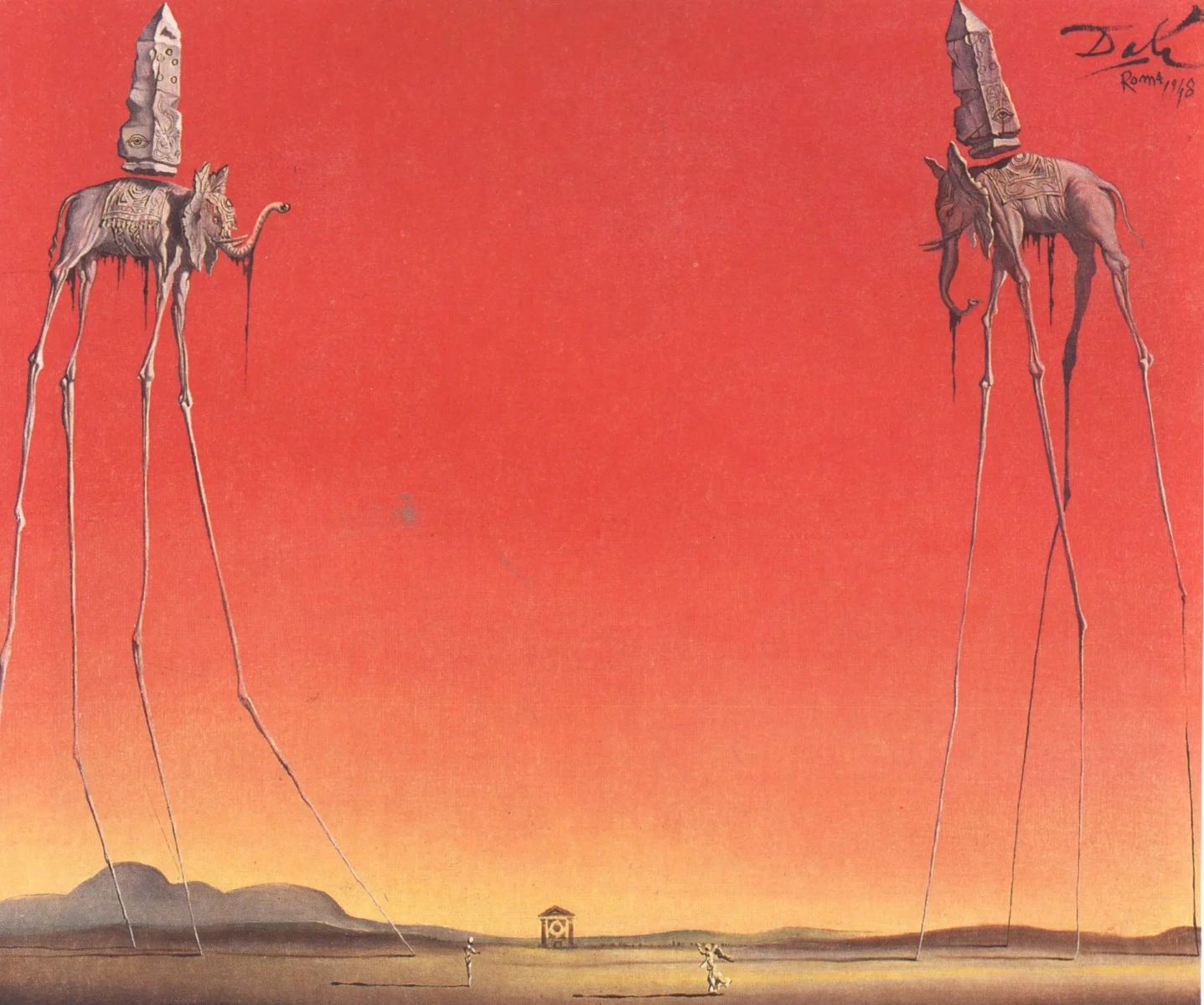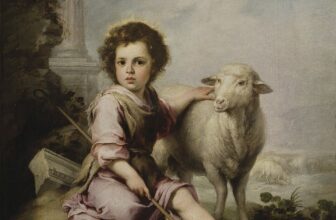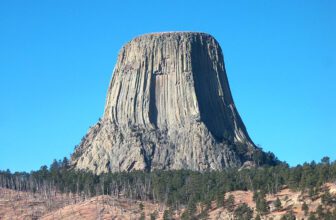
What is the meaning of the elephant by Salvador Dali
Salvador Dalí’s surreal art has captivated audiences for decades, and one of his most enigmatic symbols is the elephant. Featured in various works, Dalí’s elephants are more than just animals; they are loaded with profound meanings, paradoxes, and layers of surrealist thought. These towering creatures with impossibly long, spindly legs have become iconic in the realm of modern art. But what exactly do they mean? To uncover the essence of Dalí’s elephants, we must delve into his artistic philosophy, the cultural and historical context, and the broader themes he explored.
A Symbol of Paradox
Dalí’s elephants are typically depicted with exaggeratedly long and thin legs, often juxtaposed with their heavy, robust bodies. Elephant by Salvador Dali creates an immediate sense of instability and surrealism. The legs resemble stilts, making the creatures appear precarious yet oddly majestic. This paradox is a recurring motif in Dalí’s work, reflecting the tension between strength and fragility, the earthly and the divine, and the real and the imaginary.
In surrealism, such paradoxes are intentional. They challenge the viewer’s perception of reality and force them to question conventional ideas. Dalí’s elephants can be seen as a critique of the human tendency to impose logic on an illogical world. By portraying these creatures in a way that defies physics, Dalí invites us to explore the absurd and the sublime.
Influences and Inspirations
Elephants in Mythology and Culture
Elephants have long been symbols of wisdom, strength, and power in various cultures. In Hinduism, the elephant-headed deity Ganesha represents intellect and the removal of obstacles. In African traditions, elephants are often seen as symbols of community and familial bonds. Dalí, deeply influenced by mythology and spirituality, might have drawn on these associations while reimagining the elephant in his surrealist framework.
Bernini’s Elephant Obelisk
Art historians often link Dalí’s elephants to Gian Lorenzo Bernini’s Elephant and Obelisk in Rome. This 17th-century sculpture features an elephant supporting an obelisk on its back. Dalí’s elephants frequently carry obelisks or other symbolic objects, perhaps as a nod to Bernini’s work. However, Dalí amplifies the surrealism by elongating the elephant’s legs, transforming a symbol of stability into one of precarious balance.
The Influence of Sigmund Freud
As a key figure in surrealism, Dalí was profoundly influenced by the psychoanalytic theories of Sigmund Freud. Freud’s exploration of dreams and the unconscious mind provided a framework for Dalí’s artistic vision. Elephants, with their dreamlike proportions and improbable forms, could represent subconscious fears, desires, or memories. They might also symbolize the burdens of the past or the weight of existential questions.
Key Appearances of Elephants in Dalí’s Art
“The Elephants” (1948)
One of Dalí’s most famous depictions of elephants is in the painting “The Elephants.” In this work, the creatures carry obelisks on their backs, a direct reference to Bernini’s sculpture. The barren landscape and twilight hues add an otherworldly quality to the scene, heightening the sense of mystery. The elephants seem to float, their impossibly long legs anchoring them to an ephemeral world. This painting exemplifies Dalí’s exploration of contrasts: weight and lightness, reality and dream.
“Dream Caused by the Flight of a Bee Around a Pomegranate a Second Before Awakening” (1944)
In this iconic painting, an elephant appears in the background, carrying an obelisk. The surreal scene—featuring a sleeping woman, a pomegranate, and leaping tigers—is a visual representation of a dream. The elephant’s presence adds to the dreamlike quality and serves as a reminder of the subconscious’s power to distort reality.
“Swans Reflecting Elephants” (1937)
While not as directly focused on elephants, this painting uses a clever double-image technique to depict swans whose reflections form the shapes of elephants. Here, Dalí plays with perception and illusion, a hallmark of his surrealist approach. The elephants in this work might symbolize transformation, duality, or the hidden layers of reality.
Themes and Interpretations
Surrealism and the Subconscious
Dalí’s elephants are quintessentially surreal. Their dreamlike qualities evoke the subconscious, where logic and reason give way to emotion and imagination. By distorting the familiar form of the elephant, Dalí creates a portal to explore deeper psychological and existential themes. The elongated legs could represent the fragility of human constructs, while the heavy bodies symbolize the weight of unconscious desires and fears.
The Burden of History and Civilization
The obelisks often carried by Dalí’s elephants may symbolize historical or cultural burdens. Obelisks, ancient monuments associated with power and permanence, contrast sharply with the spindly, almost ethereal legs of the elephants. This juxtaposition might reflect Dalí’s ambivalence toward tradition and progress. While he revered the past, he also questioned its relevance in a rapidly changing world.
Spirituality and Transcendence
Some interpretations suggest that Dalí’s elephants represent a longing for transcendence. Their towering forms and upward-reaching obelisks could symbolize a connection between the earthly and the divine. The fragile legs might signify the difficulty of achieving spiritual enlightenment, while their surreal proportions hint at the ineffable nature of such pursuits.
The meaning of Salvador Dalí’s elephants is as multifaceted as the artist himself. These surreal creatures encapsulate the paradoxes, dreams, and cultural influences that define Dalí’s work. They challenge us to look beyond the surface, to question reality, and to embrace the absurd. Whether viewed as symbols of strength and fragility, markers of history and spirituality, or manifestations of the subconscious, Dalí’s elephants continue to inspire and intrigue. In their towering, surreal forms, they remind us that art, like life, is full of mystery and wonder.
Salvador Dali Elephant: A Surreal Masterpiece
Salvador Dali was a renowned surrealist artist known for his unique style and imaginative paintings. One of his most famous works is the “The Elephants,” which was painted in 1948.
In this painting, Dali creates a surreal landscape featuring two large tall elephants with spindly legs. The elephants appear to be floating in mid-air, and their exaggerated proportions and distorted anatomy add to the dreamlike quality of the scene.
The painting is thought to be a commentary on the idea of instability and the fragility of reality. The delicate, spindly legs of the elephants symbolize the precariousness of existence, while the chains connecting them suggest a kind of interdependence between different aspects of reality.
The elephants themselves are a nod to the traditional symbol of strength and stability, and by distorting this symbol, Dali is making a statement about the illusions we hold about the world around us.
Overall, “The Elephants” is a classic example of Dali’s surrealist style and continues to be one of his most popular and recognizable works. Its imaginative vision and thought-provoking imagery have made it a timeless masterpiece of 20th century art.
Salvador Dali Elephant meaning
The elephant sculptures created by Salvador Dali are often interpreted as symbols of surrealism, as well as the artist’s fascination with the subconscious mind. The elongated legs of the elephants are meant to convey a sense of instability and surrealism, while their massive size is seen as representing the power of the unconscious. Additionally, the elephants are often depicted with obliquely angled legs, creating a sense of dream-like, floating weightlessness.
This Dali painting, in which we see his elephants with extraordinarily long legs once more recall his other elephants from 1937, is suitable for use as a record cover.
Since there aren’t many figures, objects, or particulars to be seen, it is an unique painting in the painter’s repertoire.
Only these two pachyderms can be seen traversing a desert terrain at dusk, with hills, two Chirico-inspired statues, and a sort of temple in the distance.
Aside from their obvious phallic associations, elephants are unmistakably a representation of strength and solidity. Dal, however, flips this idea on its head by turning the creatures into delicate individuals with spider legs that maintain the massive weight of the beasts.
They also had enormous obelisks on their backs that were definitely modeled after a Bernini statue in Rome (Minerva Square). In actuality, Dali identifies his sources by writing “Rome 1948” next to his signature at the top of the painting.
Enlarge
When asked about his work, the artist responded, “I am painting pictures that make me die of delight, I am creating with total naturalness, without the least aesthetic worry, I am doing things that inspire me with great passion, and I am attempting to depict them honestly.




